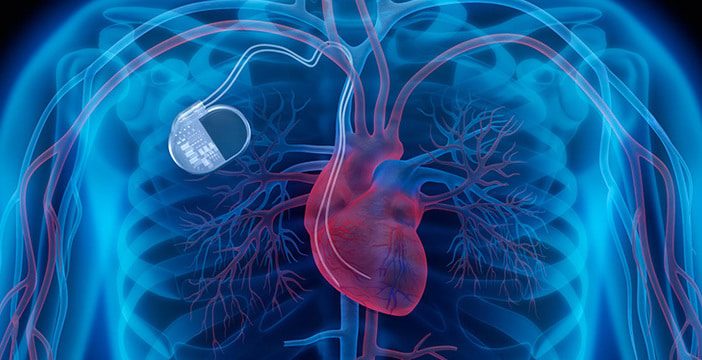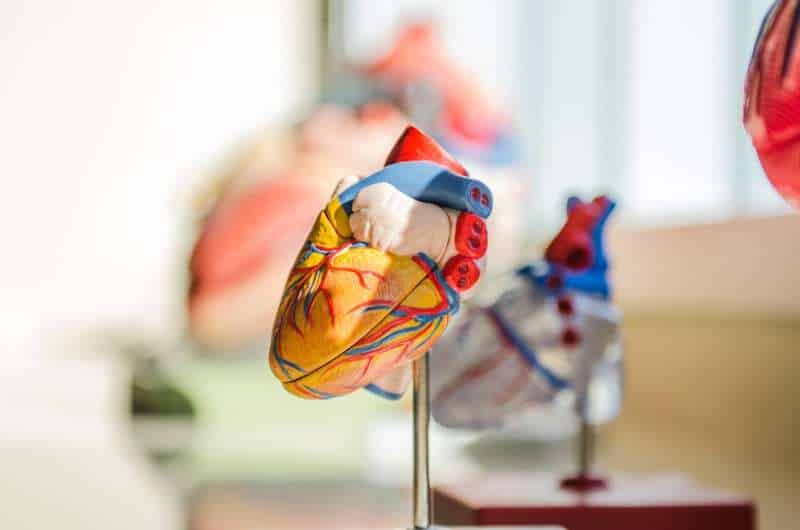“Currently, all pacemakers stimulate the the heart metronomically, which means a very constant and even rhythm. But when you record the heart rate of a healthy individual, you see that it is constantly in motion."
This is Professor's statement Julian Paton, principal investigator and director of Manaaki Manawa, the Center for Heart Research at the University of Auckland.
Paton is part of a group of researchers who are patenting a new form of pacemaker, more flexible to the variation of the heartbeat (I Research results have just been published in the flagship journal Basic Research in Cardiology).
As the heart works, so does the technology
By thinking about how our cardiac system works, doctors have developed a new tool. The heart needs someone to help it fight, leaving it free to move as it wishes.
“If we analyze the frequencies within your heart rate, we find that heart rate is coupled to breathing. It increases with inhalation and decreases with exhalation, and this is a natural phenomenon in all animals and humans.”
The newly developed system restores the naturally irregular heartbeat. It will be tested on New Zealand heart patients this year, following positive feedback from animal tests.
A revolutionary pacemaker

By analyzing the heart rate trends of patients with cardiovascular diseases, doctors have noticed an almost complete loss of heart rate variability. The irregularity of the heartbeat gives way to something unusual, a symptom that the situation is worsening.
To sort this out, Professor Parton and his team of researchers decided to “report heart rate variability in animals with heart failure” and analyze the results.
Dr. Julia Shanks, the researcher who conducted the animal research, later said: “There is nothing on the market that will cure heart failure. All the drugs will do is make you feel better. (…) Our new pacemaker reports this variability, which is obviously natural.”
Then there is another great news. The new system allows for “a 20% improvement in cardiac output” (the heart's ability to pump blood through the body).
“The pacemaker is almost like a bionic device,” Paton says. “It understands the body's signals that tell the device when we breathe in and when we breathe out. And then the device has to communicate to the body and speed up the heartbeat on the inhale and down on the exhale.”
Doctor Martin Stiles, the cardiologist who will lead the study, was very positive about it.
“We typically see improvements in heart function with current pacemakers, but this bionic pacemaker far exceeded our expectations. This discovery could revolutionize how heart failure patients will be stimulated in the future."
The trials will begin soon, and we could get the first results by the end of the year.


